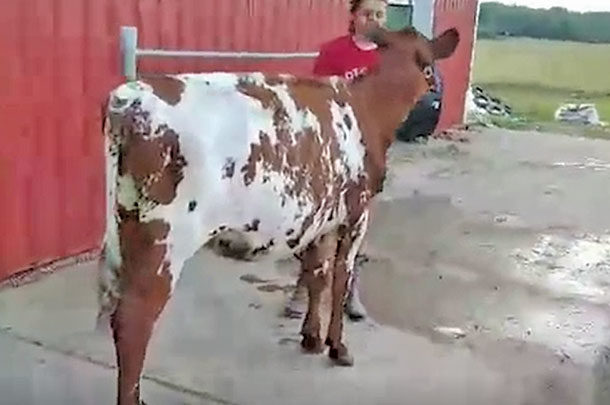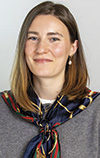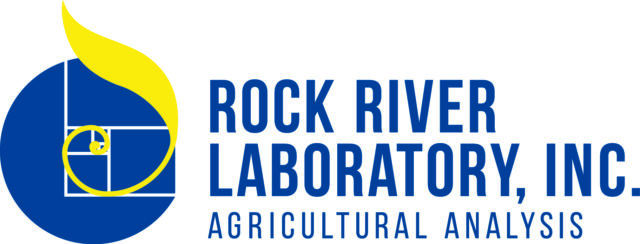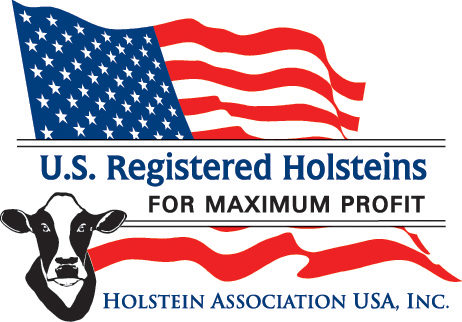Finding a sense of normalcy is a sought-after concept as events are canceled or modified to adhere to the restrictions and guidelines brought on by the COVID-19 pandemic.
For many youths in the livestock industry, one of these impacted events are regional and state dairy shows. The youth who participate in these events often devote hours of their time to working with their animals in preparation to show them and compete alongside their peers. In an effort to continue to offer these opportunities to young people, some organizations created alternate platforms to showcase livestock.
The Erie County Agriculture Society in western New York coordinates the annual 12-day Erie County Fair. Due to the pandemic, the fair has been canceled this year; however, many were still given the opportunity to show their animals through virtual shows. The society put on the Virtual Spring Dairy Preview, starting at the end of June and running into July, using a platform called ShowWorks which required entrants to submit a video of their animal to be judged. In addition to this, the society also held a virtual beef show and a virtual hog and lamb show, which worked similarly.
Laura Kwilos, the agriculture manager at the Erie County Agriculture Society, says the organization is committed to continuing to offer youth a place to show their animals.
“We have deep roots as far as wanting to make sure that kids and competitors have somewhere to show,” she says. “I think [the virtual shows were] a great opportunity and alternative from having a live event.”
Over 70 different entries were made into the virtual dairy show from multiple states, ranging from Maine to Ohio and beyond.
 Laura Kwilos says while virtual dairy shows are a great option for youth, they lack the personal connection of live shows. Courtesy photo.
Laura Kwilos says while virtual dairy shows are a great option for youth, they lack the personal connection of live shows. Courtesy photo.Although the participation rate for the virtual shows was not as high as it typically is for the live versions, Kwilos says the response to the virtual shows was positive. She says, “I got a lot of emails from families saying ‘Hey, thanks for doing this, even though it’s not the ideal situation.’” Kwilos says the biggest challenge to hosting the virtual events was the lack of interaction allowed by the virtual format. “The virtual show, it just took away that personal connection more so than anything,” she says.
The Maryland & Virginia Milk Producers Cooperative also had to cancel several shows this year. In place of in-person shows, they offered a five-week Virtual Co-op County Fair to allow youth and members to showcase their cows. In a press release, the cooperative’s director of sustainability and external relations, Lindsay Reames, said, “While we can’t replicate the feel of walking into a show ring, or winning a blue ribbon, we want our youth and farm families to know that we care, that we know this summer will be very different and that we want to keep the spirit of county fairs alive and well this summer.”
In the event that a show switches to a virtual format, like in the case of the Virtual Spring Dairy Preview, the Co-op County Fair and many other shows, there are a few tips for competitors worth considering. Katie Coyne has judged dairy cattle shows for over 40 years and travels the country to teach children how to show their animals. Coyne has judged three virtual dairy cattle shows this year and says there are a few key changes young people can make to excel at the virtual show format (see Figure 1).

Dairy cattle judge Katie Coyne advises virtual show participants to do a practice run before submitting their final video for entry in order to improve their results. Courtesy photos.
Coyne says the hardest part of judging a virtual show is not being able to compare cattle side by side. She is happy that virtual shows still offer the opportunity for youth to show their animals. She says, “As long as we’re going to have to social distance, I think it’s a good option.”
In some instances, it is not possible to offer a livestock show in any format. So to keep spirits high despite these cancellations, organizations drew on previous years’ competitions to create an interactive opportunity for their members. The Wisconsin Holstein Association provided this type of event in place of the Midwest National Spring Holstein Show they host annually. In March and April of this year, they hosted the Midwest Spring Show Tournament of Champions on their Facebook page, which featured past winners of the Midwest National Spring Holstein Show matched head-to-head following a March Madness theme.
The Tournament of Champions encouraged members of the Wisconsin Holstein Association and others to vote using the comments on posts which included information and photos of former winning cows to determine who would move on to the championship round. Most posts averaged between 150 and 200 comments, as participants weighed in on how older cows fared against newer winners.
Mara Budde, the director of communications at Wisconsin Holstein Association, says she was impressed with the response people had to the tournament. “I was actually really surprised with how well it took off,” she says. Although the association has been able to go ahead with most of their district shows and is still hoping to offer the remainder of this season’s shows in person, Budde says it was important to offer something in place of the Midwest show to boost the morale of the association’s members. She notes, “A lot of it was giving our members and readers a sense of normalcy.






